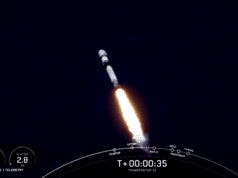Blinding blizzards, temperatures that drop below -40 degrees Celsius and deep crevasses are an occupational hazard for scientists working at Maitri, India’s second station in Antarctica. With depths ranging from a few meters to several kilometers, these crevasses have been unspotable till now. Not any more. To ensure the safety of the 25th Indian expedition team which leaves for Antarctica later this year, Pinak Ranadae of Centre for Development of Advanced Computing (CDAC) will accompany it and use satellite imagery to identify the dangerous crevasses. Earlier expeditions used helicopters to identify them. For the first time the Indian team will use satellite-based imagery and GIS to monitor those crevasses.
During Ranadae’s four-month stay on the cold continent he will plot the areas. Then, the data will be analysed and processed by CDAC to enable mapping of the hazardous zones.
Incidentally, CDAC had used the same technology to map and monitor glaciers and avalanche-prone regions in the Himalayas. Ever since India’s first camp, Dakshin Gangotri, got buried under a glacier, the glacier data study has gained significance. The satellite imagery will help in the endeavour because these land forms cannot be gauged using conventional methods. What’s challenging is the processing— the satellite images of the ice continent appear as white blots. The National Centre for Antarctic and Oceanic Resources (NCAOR), Goa, will jointly analyse the data for the environmental impact of oil spills in Antarctica.




